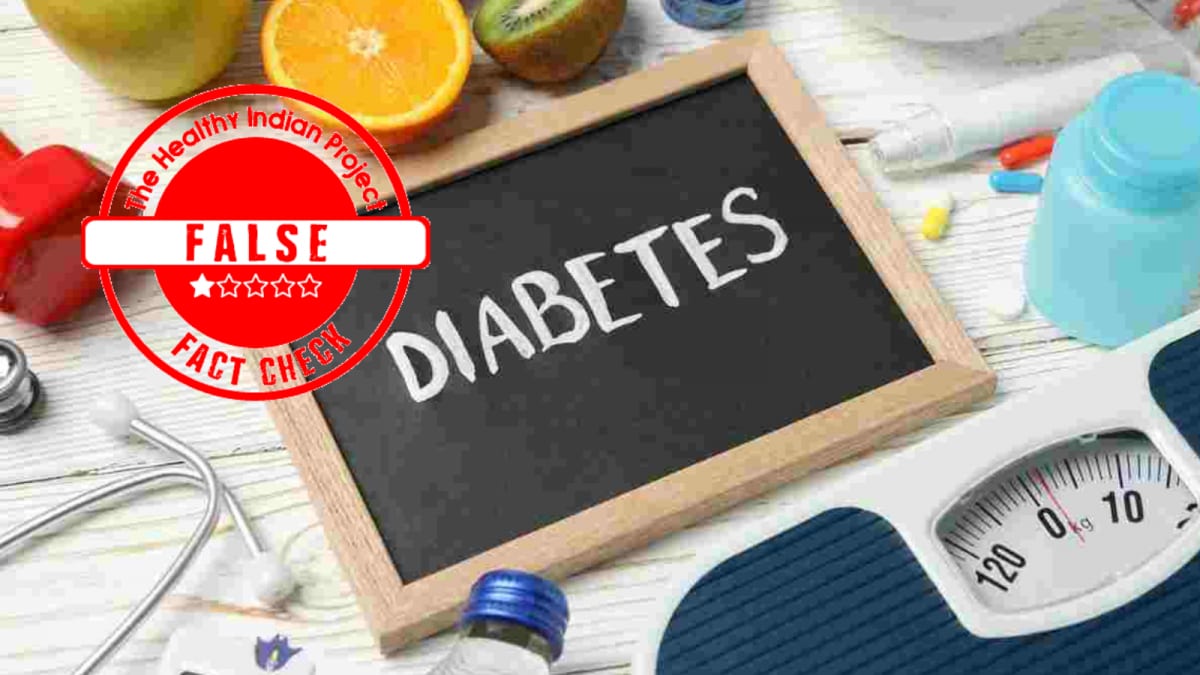Last Updated:
Airborne pollutants like particulate matter PM2.5, nitrogen dioxide, and ozone have a direct impact on the eye’s tear film, the thin protective layer that keeps the eyes moist.

Air pollution causes Dry Eye Syndrome.
As the air thickens with smog and winter dust, our lungs aren’t the only ones struggling. Our eyes struggle too. Each year, with the onset of the pollution season, ophthalmologists across India report a sharp spike in cases of Dry Eye Syndrome (DES). The culprit isn’t just the lack of moisture in the air but the rising concentration of particulate matter that attacks the eye’s natural defence system – the tear film. The result? Redness, irritation, and a constant gritty sensation that no amount of blinking can fix.
Dr. Rishi Raj Borah, Country Director, Orbis (India), says, “Airborne pollutants such as particulate matter PM2.5, nitrogen dioxide, and ozone directly affect the eye’s tear film, leading to inflammation, faster tear evaporation, and symptoms like burning, itching, redness, and blurred vision.” The combination of dry air, low humidity, and cold winds during this season makes the eyes even more vulnerable.
The Pollution–Dryness Connection
The tear film, a thin layer of fluid that coats and protects the eye’s surface, is the first line of defence against environmental irritants. When pollution levels rise, this delicate balance is disrupted. “Pollutants like dust, smoke, and particulate matter destabilize the tear film, and when combined with indoor heating or air conditioning, the evaporation process speeds up,” explains Dr. Pragya Ahuja, Cornea Specialist, Ahuja Laser Eye Centre, Delhi.
Long-term exposure doesn’t just cause discomfort. It can also lead to damage. “Chronic dryness and pain can occur when pollutants harm the meibomian glands in the eyelids, which produce the oily layer of tears,” she adds. These glands play a crucial role in preventing tears from evaporating too quickly, and once affected, recovery takes time.
Dr. Jyotshna, Associate Consultant – Ophthalmology, Regency Health, adds, “Extended exposure to air pollution leads to inflammation of the ocular surface and decreased tear production, particularly in those who use contact lenses or spend long hours on screens.”
Research also indicates that low humidity and cold weather further aggravate dryness during the winter months.
Small Steps, Big Relief
The good news: preventive habits can help minimise the impact. Experts agree that the right mix of protection, hydration, and care can significantly ease discomfort. “Use preservative-free lubricating drops two or three times a day, wear wraparound or clear protective glasses outdoors, and keep indoor air moist with a small humidifier,” advises Dr. Borah.
Dr. Ahuja adds that staying well-hydrated, maintaining eyelid hygiene, and using air purifiers indoors can all help relieve symptoms. The classic 20-20-20 rule: looking 20 feet away every 20 minutes for 20 seconds, remains one of the simplest ways to reduce strain, especially for those glued to digital screens.
Dry Eye Syndrome may seem like a minor irritation, but left unchecked, it can cause long-term corneal damage and vision problems. As pollution levels rise each winter, awareness and early care become essential. Protecting your eyes isn’t just about comfort. It’s about preserving one of the body’s most sensitive and expressive organs. Cleaner air may take time, but until then, simple daily habits can help your eyes breathe a little easier.
Delhi, India, India
November 13, 2025, 18:29 IST





